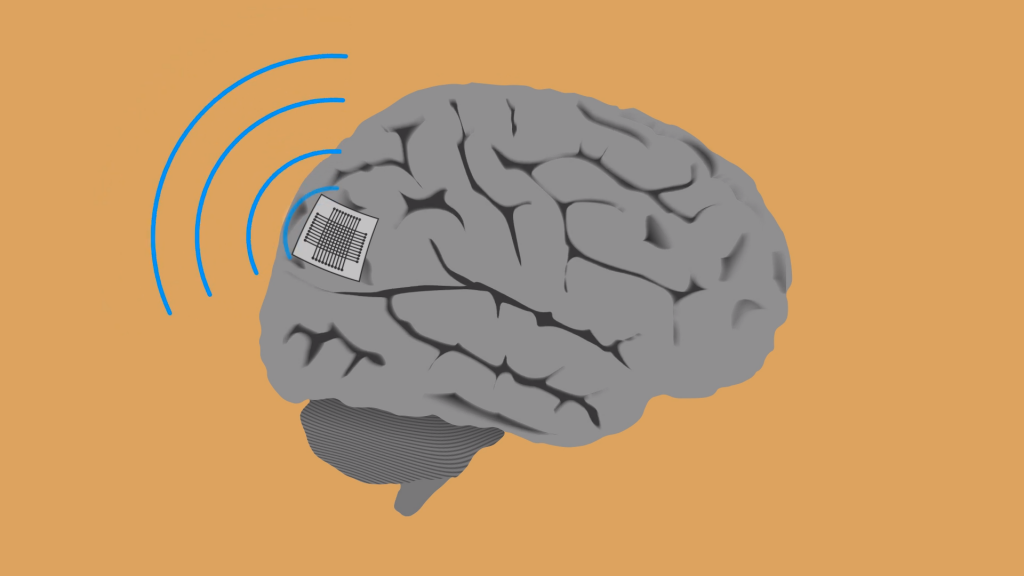Through 3D nanoparticle printing, researchers at Carnegie Mellon University are creating a new class of high-density neural probes to record neurological data. For this project, associate professor of mechanical engineering Rahul Panat and assistant professor of biological sciences Eric Yttri have received a $1.95 million grant from the National Institutes of Health (NIH).
As part of the federal Brain Research through Advancing Innovative Neurotechnologies (BRAIN) Initiative, the grant supports research that will create an entirely new manufacturing method for the fabrication of brain implants based on a low-cost additive manufacturing approach.
Neural probes to map the brain
Mapping the brain is essential for diagnosing tumours, metabolic diseases and performing surgery. Non-invasive procedures, such as brain imaging, deal with the structure, function and pharmacology of the nervous system. Major techniques of brain imaging include acoustic holography, magnetoencephalography, gamma cameras, light-sheet microscopy and electrocorticography. While these techniques can see the whole brain, Yttri explains “[…] the temporal and spatial resolution are not where we need them to be.”
On the other hand, implants can record and stimulate electrical signals from single neurons or neural networks in the brain. Microscale implants such as neural probes are composed of arrays of electrodes connected to a neural recording chip. “Electrodes can give us millisecond, single neuron resolution,” Yttri explained. “But even with the most recent advances you might only be able to get information from 300 or 400 neurons at a time.”
Many existing 2D and 3D arrays of electrodes are prohibitively fragile and expensive. This renders many neural probes impractical for use in a number of contexts. Existing arrays also have a relatively low density of electrodes. As a result, the high resolution required for applications such as precision neuroprosthetics cannot be achieved by current probes.

Aerosol jet printing neural probes
Combining their expertise in neuroscience and additive manufacturing, Panat and Yttri together are developing an entirely 3D printed microelectrode array. In particular, they utilize Panat’s aerosol jet printing (AJP) technique which can create small structures with impressive strength to weight ratios and control materials on a molecular scale. This AJP method has been applied to 3D print high capacity lithium-ion batteries.
“This research proposes to use a novel additive manufacturing (AM) method that uses 3D nanoparticle printing to fabricate customizable, ultra-high density neural probes, such as brain-machine interfaces,” says Panat. “The recording densities of the probes will be an order of magnitude higher than that made by any current method.”
Panat and Yttri’s 3D nanoparticle printing technology promises to overcome the field’s current limitations in terms of sampling, structure, reliability, and cost. 3D printing allows customization in the fabrication of electrodes. Recording sites can be put as close together or as far apart as desired. Electrode structure can also be designed for easier implantation in the brain with less damage than the current ones.
Moving towards brain-machine interfaces
Panat and Yttri’s work will dramatically increase accessibility to brain tissue and the number of electrodes that can fit in a small area of the brain. Researchers can also prototype new electrode configurations on-demand within a few hours. On top of more precise 3D mapping of neural circuits, the research will also lead to new avenues for the treatment of neurodegenerative diseases such as paraplegia and epilepsy.
The team’s long-term goal is to create precision medical devices, such as brain-machine interfaces (BMIs). Precision and customizability are the key areas of development for these devices. For example, a patient needing an electrode for a neuroprosthetic could be given a structural MRI device that can be customized on a patient-by-patient basis. The individual curves of the brain can be mapped more accurately, restoring patients’ lost functionality to a greater extent.
For more of the latest 3D printing research sign up to the 3D Printing Industry newsletter, follow us on Twitter, and like us on Facebook.
Create a profile on 3D Printing Jobs now to advertise new academic opportunities.
Featured image shows Rahul Panat, an associate professor of mechanical engineering and a member of Carnegie Mellon’s Next Manufacturing Center, with Erik Yttri, an assistant professor of biological sciences. Photo via Carnegie Mellon University.



